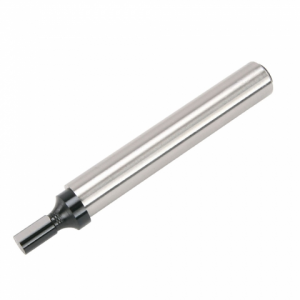- Joined
- Jan 31, 2016
- Messages
- 11,577
Help me spend my money. Which one should I get?
LOL , Mikey and Will , get on this ASAP !

Help me spend my money. Which one should I get?

I have an edge finder and know how to use it, one with a 0.200" cylinder at its end where you move into the work until the magnetic piece shifts. No problem.
I was talking to a neighbor who has a Sherline setup and saw that he had an edge-finder that I couldn't figure out how it's supposed to be used. Instead of a small cylinder portion at the bottom end, it's cone shaped. Depending where on the cone you contact the work, how does he know how much offset to subtract off? Even more puzzling is that the whole thing is maybe 2" long, and the center 1.5" portion of it, located above the cone-shaped magnetic end, is connected to the upper part (that goes into a spindle) by another magnetic connection. So, the entire edge finder assembly has two magnetic couplers, one for the top and one for the bottom. Please enlighten me on how this is supposed to be used.
(BTW, he unhappily related that he'd made the connecting rod for his Sterling engine the wrong length. I asked how far off it was, figuring something on the order of maybe 0.008". Nope, he said it was off by 5/16" of an inch! I can't help but wonder if he doesn't know how to use that edge finder either.)
Buy this one. I have Starrett, Brown & Sharpe and Mitutoyo versions. All three work the same but the price on this Mit is ridiculous.

I have a Shars set at work and they are not nearly as sensitive as the Starrett edge finders that I have in my home shop. They might just need to be cleaned though, not sure.Don't mean to hijack this thread but I need an edge finder. Birthday is next month so guess what I intend to get for my birthday. An edge finder. Been looking at these two at Shars I like this one the best. https://www.shars.com/products/measuring/edge-center-finders/edge-center-finder-set.
This one seems to be harder to use from what I have seen in the videos online. https://www.shars.com/products/measuring/edge-center-finders/wiggler-edge-center-finder-set
Help me spend my money. Which one should I get?
Too good to be true?
First reviewer says it's a counterfeit. At that price I would also think that.
I started with a cheap edge finder and it worked for awhile. Then I got a Brown & Sharpe and it works much better.
